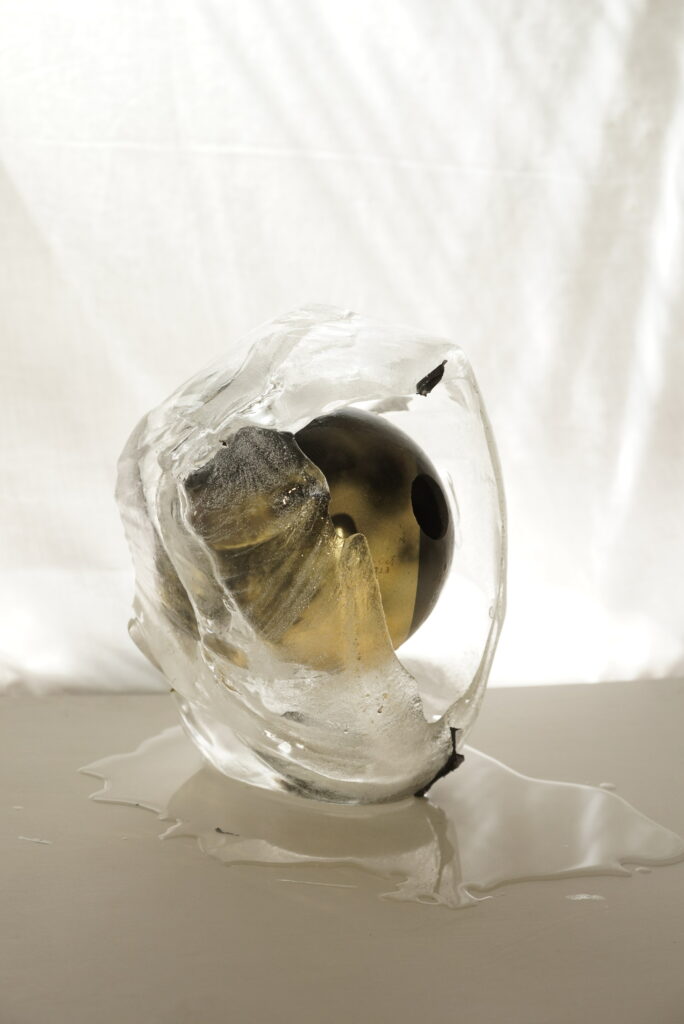This project puts two histories in contact, the concretization of the LA river (including the San Gabriel dams) and the subsequent introduction of the city’s industrial corridor, and the construction and reign of Mt. Wilson Observatory’s 100-inch Hooker telescope as the largest telescope in the world. These histories began to feel friction during the last few months when the Bobcat fire was burning through the San Gabriel Mountains, and around the same time, the Exide Battery Recycling plant in Vernon was allowed to abandon its plant and remain unaccountable for the catastrophic levels of lead contamination in an almost 2 mile radius from the plant. The observatory was saved from the devastating fire, while neighborhoods surrounding the Exide plant were completely neglected and left to suffer from an even more fatal threat. Some 100 feet from the the river, the Vernon Plant represents an inverted reality of the river, its geography now a contaminant ecosystem that is sustained in a state of precarity. The Exide disaster is not possible without the massive concretization of the river, making land viable for the industrializing city of Vernon. Neither can you undue a correlation between the massive urban project and its reciprocant racilialization of space (via ‘zoning’ policies).
During its development, the Mount Wilson Observatory was becoming the center of astronomical research. Edwin Hubble’s research with the Hooker telescope led to the discovery of the Andromeda Galaxy, proving not only that the universe extended beyond the Milky Way Galaxy, but that the universe itself was expanding as well (Redshift). While the knowledge of the universe was expanding, knowledge around the river was contracting in on itself — severed from Tavaangar. The Mount Wilson trail had originally traced the routes of the Tongva, so in both cases settler colonial tactics had rearranged the land and our relation to it. I want to reengage these less visible histories and extend them into a scale which diffuses the toxic frontiers of an anthropogenic present, a relational scale which is embodied. I want to question the ethics that separate epistemic relations to land and space — how might tactics used to understand space be reframed around the land and people we are part of. Both the river and the observatory are sites of extractivism, both making Indigenous land the home of the settler and a source of capital, and both disruptions of Indigenous relationships to land that represent a “profound epistemic, ontological, cosmological violence”[1].
Notes
- Tuck, Eve, and K. Wayne Yang. “Decolonization is not a metaphor.” Decolonization: Indigeneity, education & society 1, no. 1 (2012).
Redshift_Pb
2020
pitfired ceramic, LA River water taken from point directly south of the Exide plant (some 100 feet away), projected image of a plate Edwin Hubble took of the Andromeda Galaxy with the 100 inch Hooker telescope in 1923
previous artist | next artist
back to: 2020 Undergraduate Scholarship Exhibition



